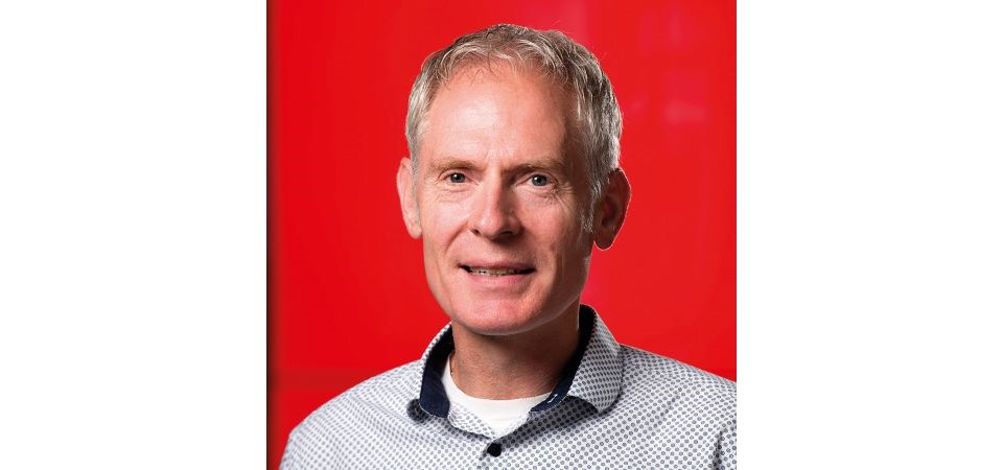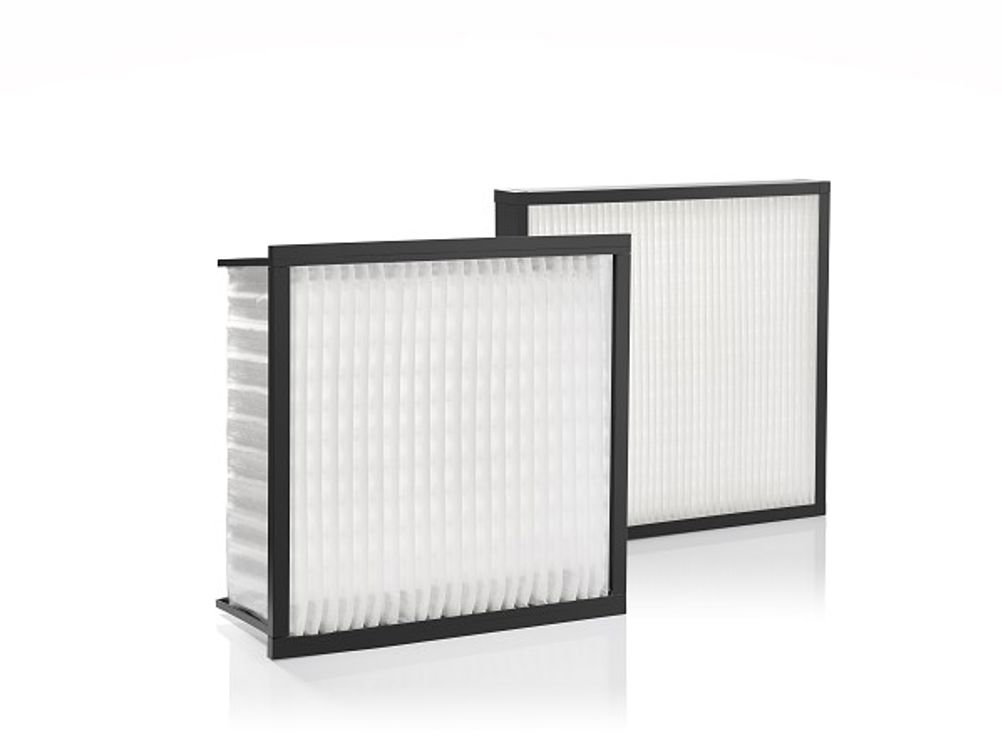Data centers or halls are rooms or buildings that offer the space, power and cooling systems to house and host the servers, computers, storage and other information and communication technology (ICT) equipment required to run the vast amounts of data we use every day.
Over the last 20 years, as data storage has evolved massively, so have data centers developed from simply being spaces in which to house components to vast locations that support thousands of interconnected devices efficiently and effectively.
They now play an important role in supporting every aspect of our lives – including transport infrastructure, government services, telecommunications, entertainment, business processes, and social networks. As a result, power outages can have a colossal impact on humanity. In a 2023 survey of data center managers by digital infrastructure standards company the Uptime Institute, 55% of operators say they had had an outage in the past three years.
This is, however, a reduction from 60% in 2022, 69% in 2021 and 78% in 2020.
Part of this reduction may be due to owners upgrading their filtration systems to finer minimum efficiency reporting value (MERV) 13 filters, to better filter out aerosols and Covid-19 virus carriers following the 2020 pandemic, the Uptime Institute said.
Optimising systems
If improving filtration can reduce downtime so much, it’s possible that continued optimisation of HVAC and air cleaning systems could improve data center performance even more.
Moreover, besides virus contamination, there are many other particles that cause problems, according to a 2022 Camfil report entitled Data Center Defense: Reduce Airborne Contaminants to Improve Indoor Air Quality.
In the report, the air filter manufacturer suggested that air pollution can come from a variety of sources, including dirty exterior air, diesel burning emergency generators, and over-heated servers that can give off sulfur, hydrogen sulfide and chlorine salt.
So what else could filter manufacturers do to help data center managers and owners further improve the air quality in their spaces?
Filtration+Separation asked this question to Hans Schelvis, senior manager, project and program management of international business exchange operations at Equinix. Established in 1998 in Silicon Valley, USA, Equinix is an international digital infrastructure company that owns 250 connected data centers in 32 countries.

Schelvis has worked in the industry for more than 30 years in engineering and consultancy, specializing in utility installations and energy technology. He is based in the Netherlands, where the company owns eleven datacenters on the outskirts of Amsterdam.
Schelvis supervises the prefiltering of fresh make-up air and the company uses recirculating computer room air handlers in each data hall. “We provide overpressure in the data hall to prevent ambient air entering the data hall through little seams and openings in the building envelope,” explains Schelvis. “Overall, they are effective at cleaning the air.”
Air quality
Filtration+Separation asked Schelvis if there are any specific issues/requirements regarding the quality of the data center air in the Netherlands? “The ambient air quality here is generally consistent with our other international business exchange data centers globally. However, some factors which could impact us include the density and intensity of industry and road traffic as well as the proximity to the sea.”
What are the most common issues with the air in data centers?
“The main issues are gaseous chemicals such as sulphur dioxide (SO2) and hydrogen sulphide (H2S) in combination with nitrogen dioxide (NO2) and ozone (O3) and particles, such as dust, in the air,” says Schelvis.
“They might cause corrosion and failure on electronics and circuit boards, especially in combination with higher relative humidity of the air inside the data hall. The corrosiveness of the air can be measured by silver and copper coupons.
“That is why the climate conditions are closely monitored and controlled by our HVAC and control systems,” he adds.
In case of increased risk of gaseous and particle contamination, Schelvis might recommend additional air filtering to improve air cleanliness. “This would preferably be added to the fresh air inlet system,” he explains.
Labor costs
Another key issue for data storage companies is the costs and labor required to clean and replace filters, Schelvis says. How could manufacturers make this easier? “Replacing filters less often, reducing the costs of the products and making them easy to transport, unpack and install/replace on site would all be helpful,” he says.
How important is filter selection? “Optimal selection of the correct type or combination of pre or end filter can reduce the total costs of ownership of the filters,” says Schelvis. “Both the initial capital expenditure and the service life of the filters is important to us.”
How does he feel manufacturers can help end users select the correct type of filter? Is there enough help selecting the right filter, and with support after purchase? “Manufacturers can help with selection guidelines and total cost of ownership (TCO) calculation software. However, perhaps more important is the way that they can apply their expertise and proactively investigate options.”
For Schelvis and for Equinix, sustainability and energy efficiency are increasingly important aspects in designing, building and operating datacenters. The company is strongly focused on reducing its carbon footprint and has a commitment to be climate neutral by 2030.
This focus on sustainability is industry-wide, according to Uptime Institute survey figures that note that 88% of data center operators are concerned about improving energy performance for facilities equipment and IT.
“Eliminating the scope 3 emissions carbon footprint of every product we buy – including filters – is our aim and should also be the aim of our suppliers,” says Schelvis.
INTERVIEW: DONAL MCGOEY

Donal McGoey, sales director for EMEA & Asia at Irema-Filter, a manufacturer of air filtration products for the automotive, HVAC, industrial and medical applications.
McGoey graduated from Ireland’s University College Dublin with a master’s degree in engineering, and was previously CEO of Delta Filtration.
What are the key issues/challenges when filtering air for data centers?
There is no such thing as ‘one-fits-all’ when it comes to air filtration for data centers. One of the key challenges is understanding the local conditions before specifying the filtration system. Is pre-filtration required or not? How often will the system run on re-circulated air? Will it use air handling unit or computer room air handler units, or both? Will all units run 24/7?
What do you feel data center managers need to know about air filtration?
We frequently get asked when in-situ filters should be changed. Knowing when to change a bank of filters is important and is linked to optimization of energy usage. This involves obtaining details of local dust-loading, energy cost per KwH of the power used in air handling, filter prices and fan efficiency. For each site there will be an optimized change point for filters that hits the sweet spot of all these parameters. If your hyperscale data facility is located in a semi-rural area with a wet, temperate climate, then you have different particle removal and cooling requirements compared to a similar facility located in an arid country with high external temperatures.
How could future developments in data storage systems affect filters?
The development of edge data centers [a smaller data center that is located close to the edge of a network] for lower latency data processing will require air filters that can last longer and require minimal inspection. Filters designed for remote telecoms cabinets already offer this, and up to a three year life cycle in a filter bank is possible. These designs need to be quite robust, with properties such as the hydrophobicity of both the filter material and the frame playing an important role.
How have air filters improved over the years and what innovations should data center managers look out for over the next few years?
The development of new standards such as ISO 16890 [covering air filters for general ventilation] has led to increased R&D and consequently, much improved filtration products. However, this can be confusing for clients unfamiliar with the wide range of ratings available under this standard. Filters have now been developed that, under certain local conditions, require no prefiltration. This leads to a reduction in scheduled maintenance, as well as reduced energy cost in the air-handling system. Many manufacturers are now supplying fully recyclable filters or providing innovative end-of-life solutions, such as incineration in waste-to-energy plants. For example, filters with a high polypropylene content can provide over 10KwH of electricity when disposed of in such fashion, generating power whilst simultaneously avoiding landfill.

About the author
This article was written by Liz Nickels, a freelance writer and editor.
This article first appeared in the November 2023 issue of Filtration+Separation magazine. To read the full issue, click here.






